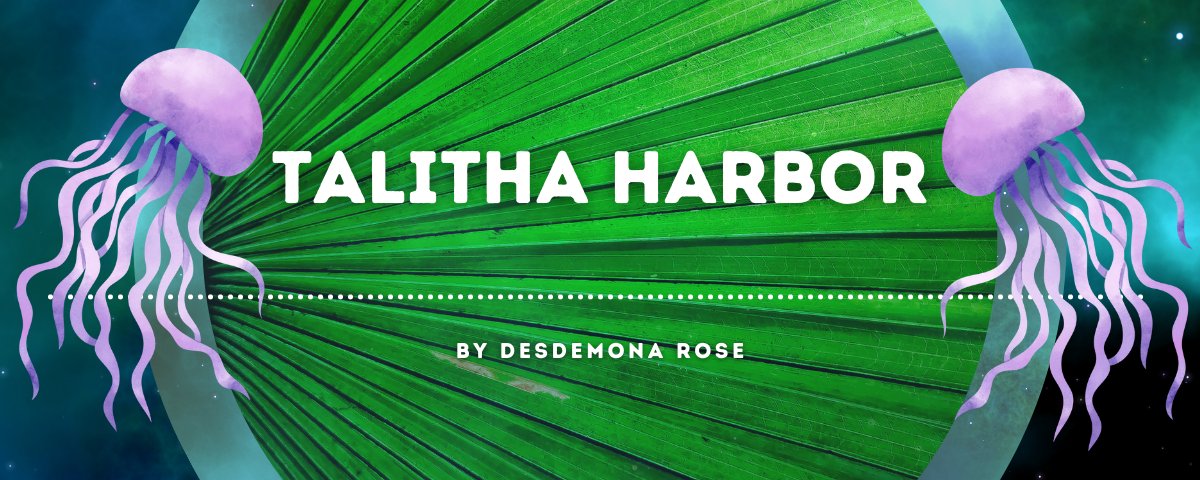Prodryas
(WIP)
Prodryas are large green winged insect-like creatures. Their wings are wide and and flat, looking somewhat like a cross between leaves and butterfly wings. They are larger insects with a wingspan that can reach 60 cm.
Prodryas' most notable traits are their ability to photosynthesize through their wings for nourishment and their long migration pattern. They can be found throughout the part of the world the Talithans inhabit.
Basic Information
Anatomy
Prodryas have large flat veined wings that are green in color. How brightly green will depend on the health of the chloroplasts living in their wings. Their primary diet is the various mosses found throughout the areas of Talitha Harbor in which they reside. Their bodies don't create the photosynthesizing chloroplasts found in their wings. Instead, they are derived from the plants they eat.
Though their wing shapes resembles a butterfly, the construction of their wings are different. They are made of several layers of lightweight and flexible membranes. There are specialized structures which allow for the distribution of the chloroplasts. They also control the growth and reproduction of the chloroplasts. The green plastids consume energy as they photosynthesize from the cells around them. Like plants, the Prodryas will degrade these cells once they start consuming too much energy. Since they can consume moss for new cells, they can completely destroy the cells, consuming them as energy, and replace them with new cells. This is done on a cycle that's tied into their migration.
They only have two segments to their body, so not a true insect by old Earthian standards, but they have six legs. They also have long and narrow antenna that are used for communication and as a way to interact with their world. Their eyes are multi-facetted and give them a wide range of vision.
Genetics and Reproduction
The winged creatures mate in conjunction with their migration cycles. Their eggs require warmth and high humidity to properly grow. They accomplish this by laying them in the southern part of the Pangu land-mass. Once their eggs are laid they travel north, leaving any food in the area for their offspring.
Growth Rate & Stages
The prodryas develops in small eggs, which are laid in clusters. Favorited food by several arthropods, the species survives by the sheer number of eggs they lay. There is also a mild posion in the shell of the eggs that will kill any creature that is too greedy. Most arthropods have evolved the knowledge to eat them spairingly, which keeps the creatures from over-populating, but also ensures their survival.
Ecology and Habitats
The large creatures like specific types of moss and have high metabolisms that will allow them to consume a fair amount. A large group of prodryas can completely wipe out the moss in a large area. To combat this the species migrates. They come together to mate and reproduce, lay their eggs, then fly north and away from each other. Some prodryas will travel a great distance and can be found as north as Simmah.
It is not known what the prodryas use to choose the location they will live and eat in during the food consumption part of their lifecycle. Once one of the creatures has found a place they like, they will return every sol. They are territorial about their section of the world as well and will fight off other prodryas that try to invade their area. They don't have any sort of territorial dispute with other bugs, to include other winged creatures. They keep their aggression to their own species.
Though most prodryas will choose to live in more forested areas, they can also be found in marshes, on some rocky coastal areas, and anyplace that supports one of it's preferred moss species.
Geographic Distribution



Comments